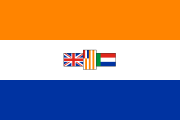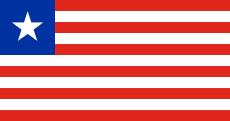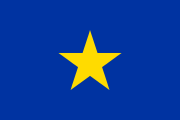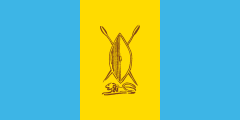Sub-Saharan Africa
Middle East and North Africa
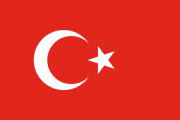
Turkey
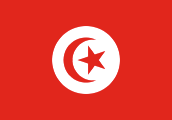
Tunisia
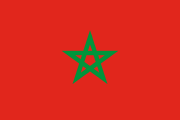
Morocco 33 Moroccan merchant ships in the French zone flew what was called the "Arab ensign", the national flag with a French tricolour added to the top-left corner.
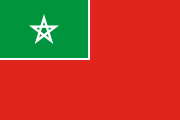
Morocco
Spanish merchant flag 44 Flown by merchant ships operating out of the Spanish zone in northern Morocco. The Moroccan national flag was flown on land.
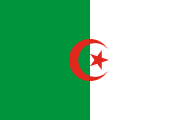
Algeria 55 Flown by nationalists and indepenence activists. The French colony in Algeria did not have an official flag.
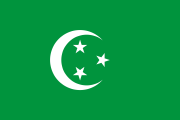
Egypt
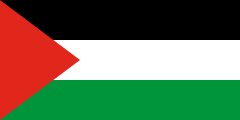
Palestine 66 Flown unofficially by the Arab community. Merchant ships flew a red British ensign with a badge that said "PALESTINE". The Jewish community flew the modern flag of Israel.
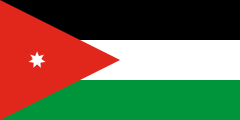
Transjordan
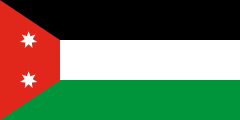
Iraq

Syria
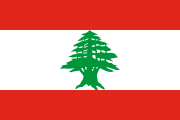
Lebanon
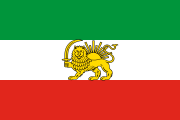
Iran
state flag 77 Flown by the government, and often by private citizens. At sea, and in certain ceremonial settings on land, the ratio was 1:3.
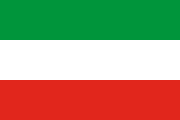
Iran
national flag 88 Allowed to be flown by anyone. At sea, the ratio was 1:3.
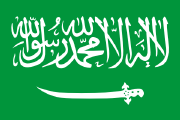
Saudi Arabia
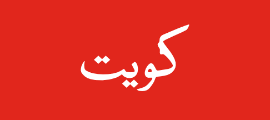
Kuwait 99 There were many variations of this flag, depending on who was flying it and when. Some versions would have added inscriptions, decorations or royal symbols. The flag could also be triangular.
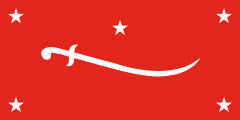
Yemen

Muscat and Oman
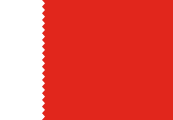
Bahrain 1010 The number of points could vary.
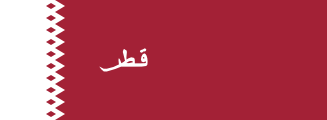
Qatar 1111 The design of the flag wasn't laid down in law, and this may have been one of many variations in use at the time.
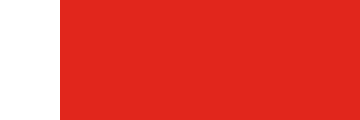
Abu Dhabi · Dubai · Ajman · Umm al-Quwain
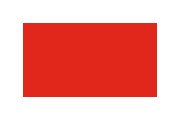
Ras al-Khaimah · Sharjah · Kalba
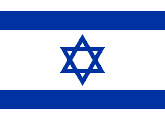
Eretz-Israel 1212 Flown by the Jewish community in the British mandate of Palestine. Direct ancestor of the flag of Israel.
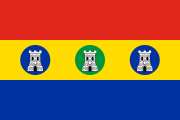
Qu'aiti State
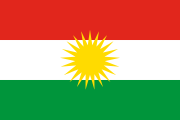
Kurdistan
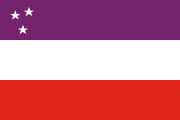
Assyrians
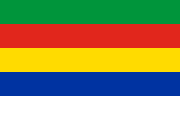
Druze
Western Europe
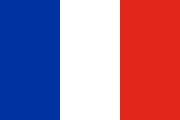
France
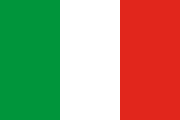
Italy
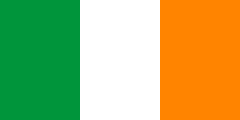
Ireland

Andorra
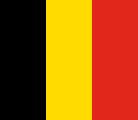
Belgium
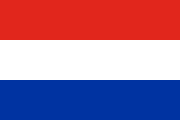
Netherlands
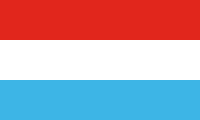
Luxembourg
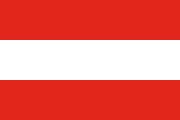
Austria
national flag 1313 Flown by private citizens and municipalities.
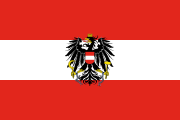
Austria
federal service flag 1414 Flown by the federal government and the armed forces.
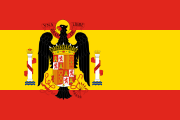
Spain
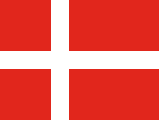
Denmark
national flag 1515 Allowed to be flown by anyone.
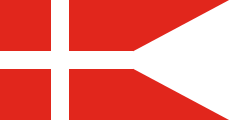
Denmark
sovereign flag 1616 Flown by the royal house, the government, and the armed forces. Also granted to a select list of private institutions and companies.
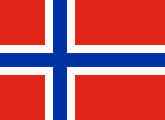
Norway
merchant flag 1717 Allowed to be flown by anyone.
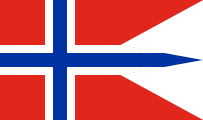
Norway
state flag 1818 Flown only on state-owned buildings and naval ships.
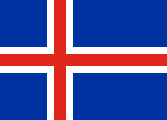
Iceland
national flag 1919 Allowed to be flown by anyone.
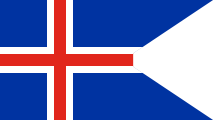
Iceland
state flag 2020 Flown on government buildings and coast guard ships.
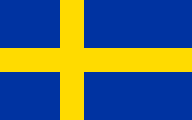
Sweden 2121 Flown for all purposes. A three-tailed version of the national flag is flown by the military.
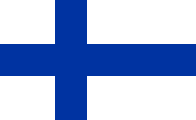
Finland
national flag 2222 Allowed to be flown by anyone.

Finland
state flag 2323 Flown by the government, border guard, and public universities. The armed forces fly a version with a swallowtail cut.
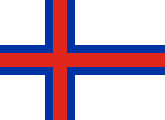
Faroe Islands
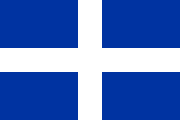
Greece
land flag 2424 Flown on land within Greece. The military flag had a crown in the centre of the cross.

Greece
sea flag 2525 Flown at sea and abroad. The naval ensign had a crown in the centre of the cross.
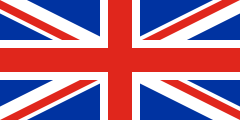
United Kingdom
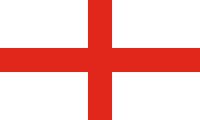
England · Guernsey
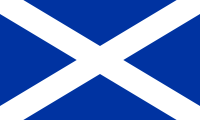
Scotland
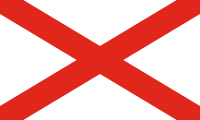
Jersey
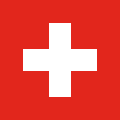
Switzerland
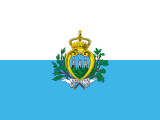
San Marino

Liechtenstein
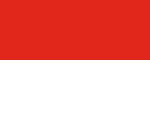
Monaco
national flag 2626 Allowed to be flown by anyone.
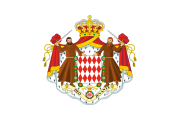
Monaco
princely flag 2727 Flown over the Prince's Palace and government buildings.

Vatican City

Malta
traditional flag 2828 Flown unofficially, mostly by civilian ships. Plain flags without the George Cross were also common. The colonial government had a blue ensign with the Maltese coat of arms on it.
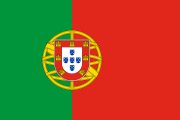
Portugal
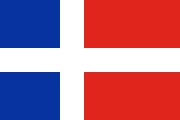
Saarland
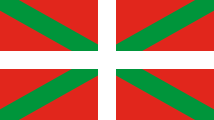
Basque Country
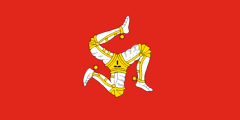
Isle of Man
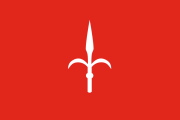
Trieste
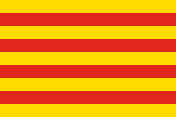
Catalonia
senyera 2929 The traditional Catalan flag.
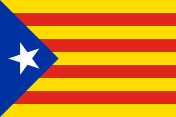
Catalonia
estelada 3030 The flag preferred by supporters of Catalan independence.

Brittany
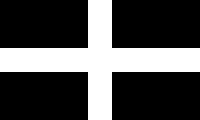
Cornwall
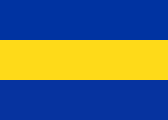
Åland
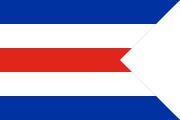
Germany
provisional civil ensign 3131 Flown by German ships, but explicitly not as a national flag, and not given any of the ceremonial respect typically given to national flags. Not used on land. Known as the "C-Pennant" since it was derived for the maritime signal flag for the letter C.

Galicia
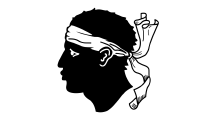
Corsica
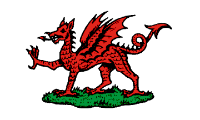
Wales
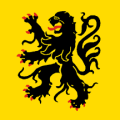
Flanders
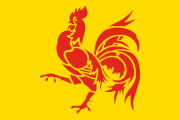
Wallonia
Eastern Europe
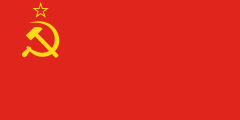
Soviet Union
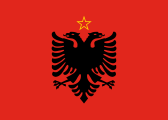
Albania
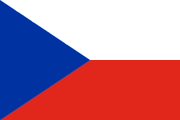
Czechoslovakia
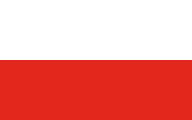
Poland
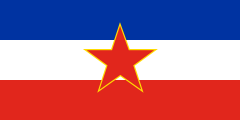
Yugoslavia
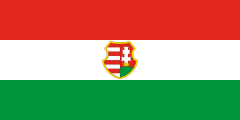
Hungary
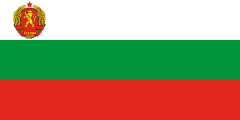
Bulgaria

Estonia 3232 Flown by the diplomatic service in exile and the Estonian disaspora. Flying the national flag was banned under the Soviet occupation.
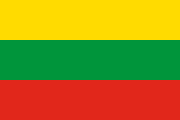
Lithuania 3333 Flown by the diplomatic service in exile and the Lithuanian disaspora. Flying the national flag was banned under the Soviet occupation.
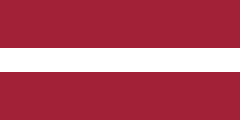
Latvia 3434 Flown by the diplomatic service in exile and the Latvian disaspora. Flying the national flag was banned under the Soviet occupation.
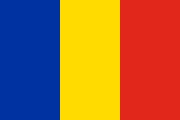
Romania
South Asia and the Indian Ocean
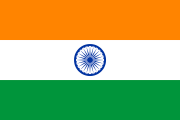
India
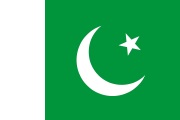
Pakistan
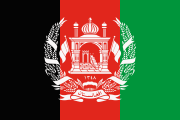
Afghanistan
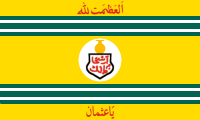
Hyderabad

Nepal

Sikkim
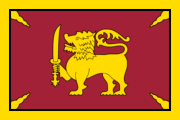
Sinhalese Flag 3535 Flown by Sinhalese nationalists in Ceylon, now Sri Lanka. There was also an infrequently-used blue British colonial ensign with an elephant badge.
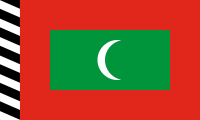
Maldive Islands
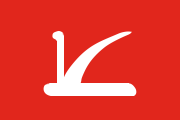
Jammu and Kashmir 3636 Flown in the Indian-controlled parts of the disputed region of Kashmir.
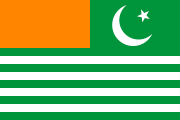
Azad Kashmir 3737 Flown in the Pakistan-controlled parts of the disputed region of Kashmir.
East, Central and Southeast Asia

Japan 3838 Flown over the Imperial Palace and a handful of other government buildings. Private citizens could not fly the flag without permission.
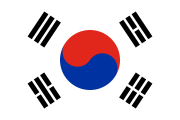
Korea
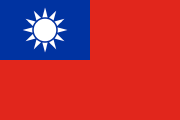
China

Burma
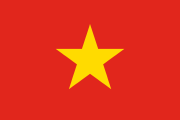
Vietnam
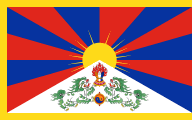
Tibet

Mongolia
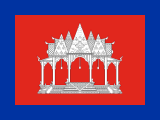
Cambodia
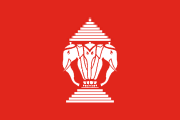
Laos
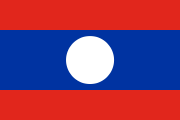
Laos
Lao Issara flag 3939 Flown by the nationalist Lao Issara government-in-exile in Bangkok.
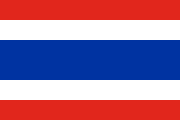
Siam

Philippines
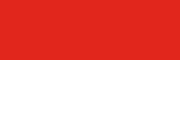
Indonesia
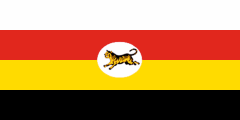
Malaya
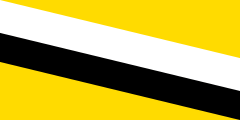
Brunei
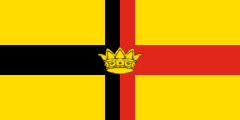
Sarawak 4040 Sarawak also had a blue colonial ensign.
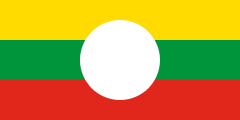
Shan
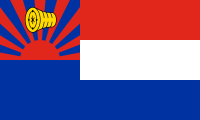
Karen 4141 Flown by Karen nationalists seeking independence and separation from Burma.

East Turkestan 4242 The Uyghur nationalist flag. Xinjiang Province did not have an official flag.
Oceania

Australia
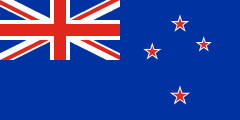
New Zealand
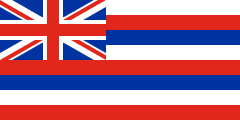
Hawaiʻi

Tonga
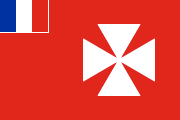
Wallis and Futuna
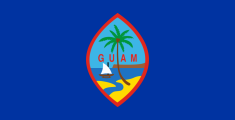
Guam
North America and the Caribbean
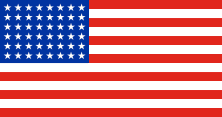
United States

Canada 4343 Not legally the national flag, but allowed to be flown wherever a "distinctive Canadian flag" was needed.
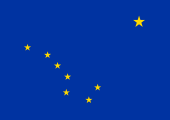
Alaska
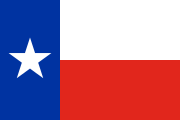
Texas
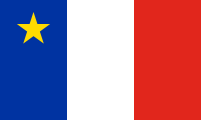
Acadia
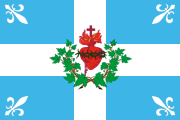
Québec
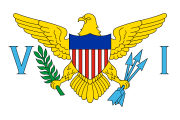
Virgin Islands (U.S.)
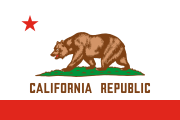
California
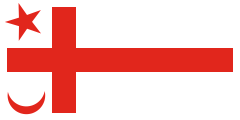
Mi’kmaq
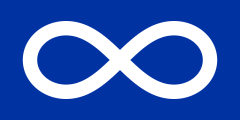
Métis
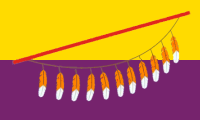
Papago
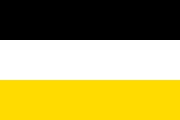
Garifuna
Latin America
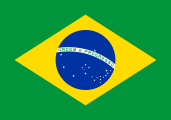
Brazil
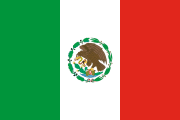
Mexico
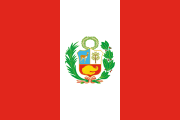
Peru
national ensign 4444 Flown by the government, the navy, the national police, and national sports teams. Raised at major ceremonies. The army uses a similar flag with a different coat of arms.
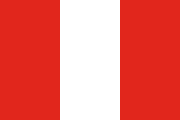
Peru
national flag 4545 Allowed to be flown by anyone.
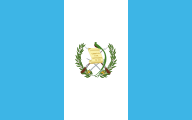
Guatemala
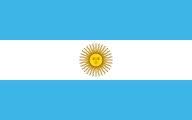
Argentina
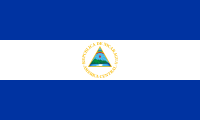
Nicaragua

El Salvador
national flag 4646 The most common flag, flown over most government buildings, at ceremonies, by diplomatic missions and often by public citizens.
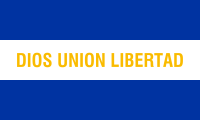
El Salvador
inscribed flag 4747 An alternative government flag, most commonly flown by the armed forces but also on some public buildings and offices.
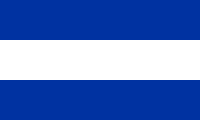
El Salvador
plain flag 4848 The simplest version of the national flag, flown by some private citizens.
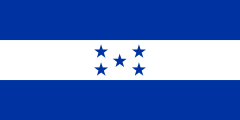
Honduras

Paraguay
front side
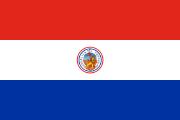
Paraguay
back side
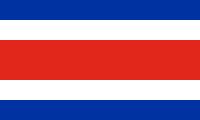
Costa Rica
national flag 4949 The most common Costa Rican flag. Officially designated for private citizens, but in practice often used on government buildings and schools too.
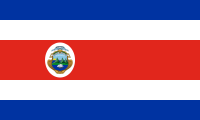
Costa Rica
national ensign 5050 Flown by the government and by diplomatic missions, although also used sometimes by private citizens.
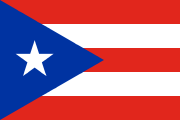
Puerto Rico 5151 Flown by Puerto Rican nationalists. Display of the flag was initially banned under American rule.

Cuba
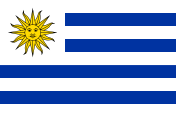
Uruguay
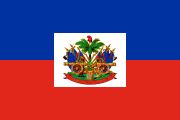
Haiti
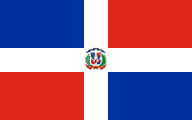
Dominican Republic
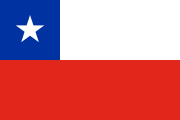
Chile
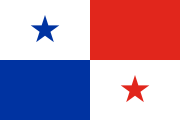
Panama
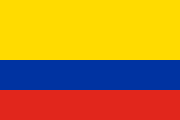
Colombia
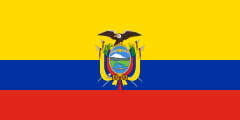
Ecuador
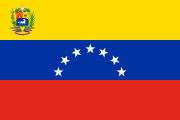
Venezuela
national ensign 5252 Flown by the government and armed forces, and unofficially used by many private citizens.
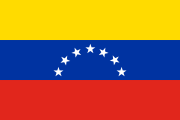
Venezuela
national flag 5353 Allowed to be flown by anyone.
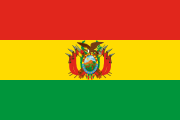
Bolivia
state flag 5454 Flown by the governmnent. The armed forces flew a similar flag with olive and laurel branches around the coat of arms.
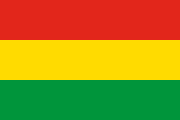
Bolivia
national flag 5555 Allowed to be flown by anyone.
Other International and Cultural Flags
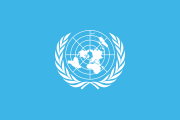
United Nations
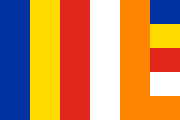
Buddhist Flag
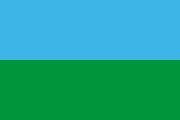
Romani
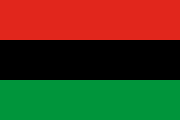
Pan-African Flag
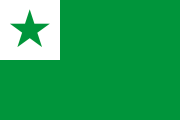
Esperanto

Red Cross
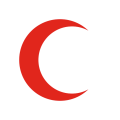
Red Crescent

Red Lion and Sun
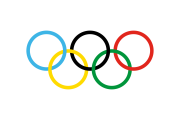
Olympic Games
Events of 1947
BULGARIA • An emblem was added to the national flag on December 4.



BURMA • A new flag, based on the flag of the Anti-Fascist People's Freedom League, was adopted on September 24.
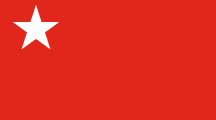


The Shan national flag was adopted on February 7. On February 12 the Panglong Agreement was signed, envisioning the creation of a unitary autonomous Shan State within an independent Burma.

LAOS • The Royal Government adopted a new flag on May 11.
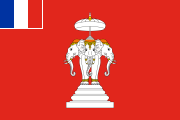


SAARLAND • The French-administered Saar Protectorate was established in occupied Germany on December 15.

SOUTH ASIA • British India was partitioned into the independent states of India and Pakistan on August 15. The Indian flag — which was based on that of the Indian National Congress — had been adopted on July 22. The Pakistani flag — based on that of the Muslim League — had been adopted on August 11.
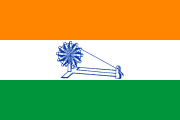


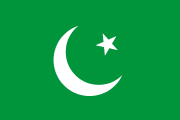


The Nizam of Hyderabad, who was at the time the richest man in the world, refused to accede to India and declared his state independent instead. His attempted separation would come to an end just over a year later.

The tiny Kingdom of Sikkim, which was technically outside of the British Raj, became a protectorate of India. It would not be annexed until 1975.

Pakistan invaded the princely state of Jammu and Kashmir on October 22. The area it occupied was constituted as Azad Kashmir under a green and white flag on October 24. The remainder of the state hastily aceded to India on October 26 in exchange for military assistance, and continued flying the red plough flag.


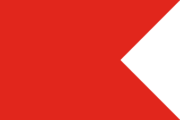


The rest of the 565 princely states on the subcontinent ended up acceding to one of the two new countries. The Indian states were more or less fully integrated by 1950, and their state flags were abandonded. The princely states within Pakistan held on for a few more years until being abolished by administrative reforms in the 1950s. Within a few short years, one of the world's major flag design traditions was extinguished. Today, Nepal is the only country keeping alive the swallowtail flag pattern that was once common throughout South Asia.
(Below, from left to right: The flags of Ajaigarh, Alirajpur, Alwar, Bahawalpur, Banswara, Baoni, Baroda, Barwani, Benares, Bharatpur, Bhavnagar, Bhopal, Bikaner, Bilaspur, Bundi, Cambay, Charkhari, Chhatarpur, Cooch Behar, Dewas, Dhar, Dholpur, Dhrangadhra, Dungarpur, Faridkot, Garhwal, Gwalior, Idar, Indore, Jaipur, Jaisalmer, Janjira, Jaora, Jhabua, Jhalawar, Jodhpur, Kalat, Kapurthala, Karauli, Khairpur, Kishangarh, Kochin, Kolhapur, Kota, Kutch, Mandi, Manipur, Mewar, Mysore, Nabha, Orchha, Panna, Patiala, Porbandar, Pratapgarh, Pudukkottai, Rajgarh, Rajpipla, Rampur, Ratlam, Rewa, Sailana, Sirohi, Sitamau, Suket, Tonk, Travancore, Tripura, and Wankaner.)
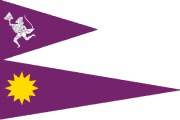
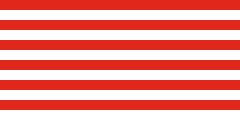
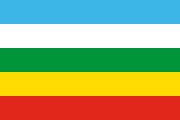
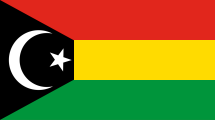


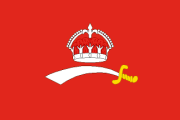
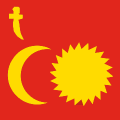
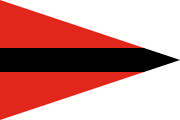
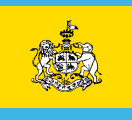
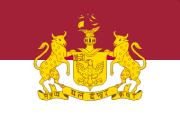
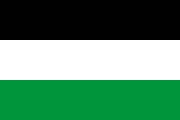
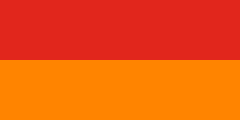

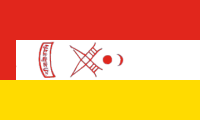
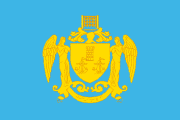


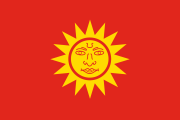


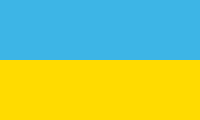
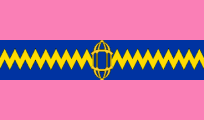
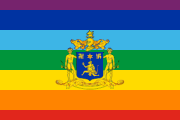

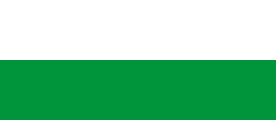
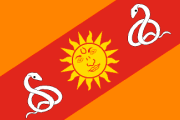
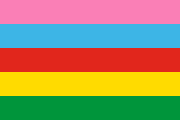
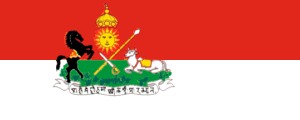
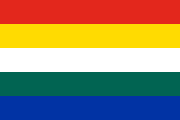
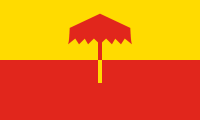
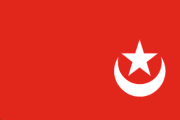
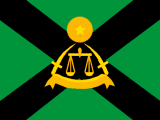
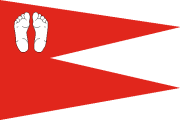

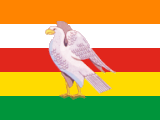
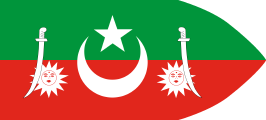


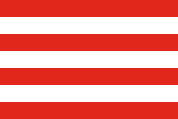

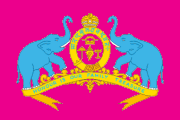
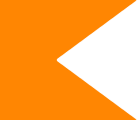
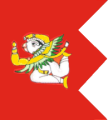
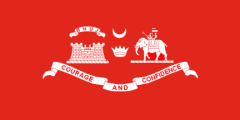

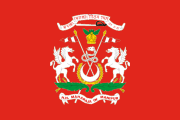
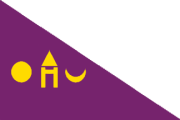
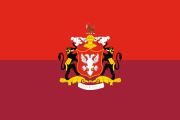
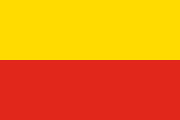
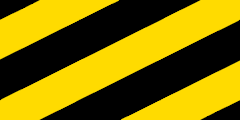

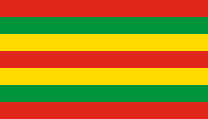
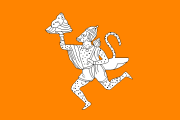

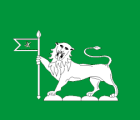


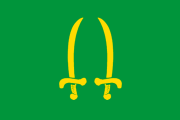
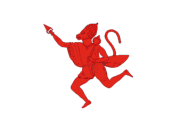
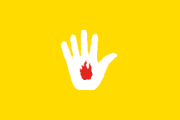
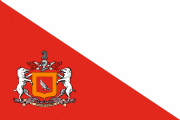
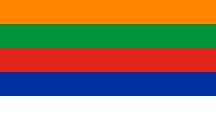
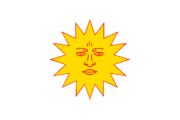
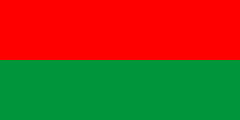
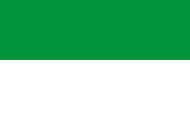
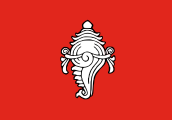

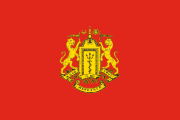


TRIESTE • A nominal Free Territory around the city of Trieste was established under UN auspicies on September 15. The white halberd, a traditional symbol of the city, was used as the territorial flag.

Notes
1 Often (but not always) flown by the royal house and the government. ↩
2 Flown by anyone. ↩
3 Moroccan merchant ships in the French zone flew what was called the "Arab ensign", the national flag with a French tricolour added to the top-left corner. ↩
4 Flown by merchant ships operating out of the Spanish zone in northern Morocco. The Moroccan national flag was flown on land. ↩
5 Flown by nationalists and indepenence activists. The French colony in Algeria did not have an official flag. ↩
6 Flown unofficially by the Arab community. Merchant ships flew a red British ensign with a badge that said "PALESTINE". The Jewish community flew the modern flag of Israel. ↩
7 Flown by the government, and often by private citizens. At sea, and in certain ceremonial settings on land, the ratio was 1:3. ↩
8 Allowed to be flown by anyone. At sea, the ratio was 1:3. ↩
9 There were many variations of this flag, depending on who was flying it and when. Some versions would have added inscriptions, decorations or royal symbols. The flag could also be triangular. ↩
10 The number of points could vary. ↩
11 The design of the flag wasn't laid down in law, and this may have been one of many variations in use at the time. ↩
12 Flown by the Jewish community in the British mandate of Palestine. Direct ancestor of the flag of Israel. ↩
13 Flown by private citizens and municipalities. ↩
14 Flown by the federal government and the armed forces. ↩
15 Allowed to be flown by anyone. ↩
16 Flown by the royal house, the government, and the armed forces. Also granted to a select list of private institutions and companies. ↩
17 Allowed to be flown by anyone. ↩
18 Flown only on state-owned buildings and naval ships. ↩
19 Allowed to be flown by anyone. ↩
20 Flown on government buildings and coast guard ships. ↩
21 Flown for all purposes. A three-tailed version of the national flag is flown by the military. ↩
22 Allowed to be flown by anyone. ↩
23 Flown by the government, border guard, and public universities. The armed forces fly a version with a swallowtail cut. ↩
24 Flown on land within Greece. The military flag had a crown in the centre of the cross. ↩
25 Flown at sea and abroad. The naval ensign had a crown in the centre of the cross. ↩
26 Allowed to be flown by anyone. ↩
27 Flown over the Prince's Palace and government buildings. ↩
28 Flown unofficially, mostly by civilian ships. Plain flags without the George Cross were also common. The colonial government had a blue ensign with the Maltese coat of arms on it. ↩
29 The traditional Catalan flag. ↩
30 The flag preferred by supporters of Catalan independence. ↩
31 Flown by German ships, but explicitly not as a national flag, and not given any of the ceremonial respect typically given to national flags. Not used on land. Known as the "C-Pennant" since it was derived for the maritime signal flag for the letter C. ↩
32 Flown by the diplomatic service in exile and the Estonian disaspora. Flying the national flag was banned under the Soviet occupation. ↩
33 Flown by the diplomatic service in exile and the Lithuanian disaspora. Flying the national flag was banned under the Soviet occupation. ↩
34 Flown by the diplomatic service in exile and the Latvian disaspora. Flying the national flag was banned under the Soviet occupation. ↩
35 Flown by Sinhalese nationalists in Ceylon, now Sri Lanka. There was also an infrequently-used blue British colonial ensign with an elephant badge. ↩
36 Flown in the Indian-controlled parts of the disputed region of Kashmir. ↩
37 Flown in the Pakistan-controlled parts of the disputed region of Kashmir. ↩
38 Flown over the Imperial Palace and a handful of other government buildings. Private citizens could not fly the flag without permission. ↩
39 Flown by the nationalist Lao Issara government-in-exile in Bangkok. ↩
40 Sarawak also had a blue colonial ensign. ↩
41 Flown by Karen nationalists seeking independence and separation from Burma. ↩
42 The Uyghur nationalist flag. Xinjiang Province did not have an official flag. ↩
43 Not legally the national flag, but allowed to be flown wherever a "distinctive Canadian flag" was needed. ↩
44 Flown by the government, the navy, the national police, and national sports teams. Raised at major ceremonies. The army uses a similar flag with a different coat of arms. ↩
45 Allowed to be flown by anyone. ↩
46 The most common flag, flown over most government buildings, at ceremonies, by diplomatic missions and often by public citizens. ↩
47 An alternative government flag, most commonly flown by the armed forces but also on some public buildings and offices. ↩
48 The simplest version of the national flag, flown by some private citizens. ↩
49 The most common Costa Rican flag. Officially designated for private citizens, but in practice often used on government buildings and schools too. ↩
50 Flown by the government and by diplomatic missions, although also used sometimes by private citizens. ↩
51 Flown by Puerto Rican nationalists. Display of the flag was initially banned under American rule. ↩
52 Flown by the government and armed forces, and unofficially used by many private citizens. ↩
53 Allowed to be flown by anyone. ↩
54 Flown by the governmnent. The armed forces flew a similar flag with olive and laurel branches around the coat of arms. ↩
55 Allowed to be flown by anyone. ↩



